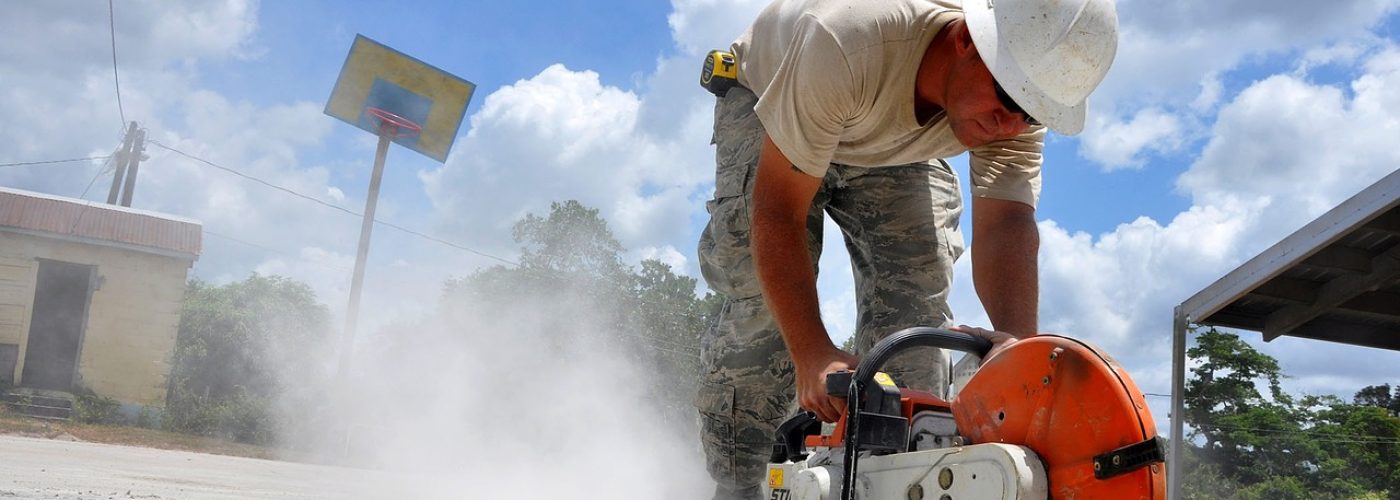We see dust on a daily basis and for the most part, most of us assume that dust isn’t intrinsically dangerous – but this actually couldn’t be further from the truth. Here The Hireman London explains all about the problem and what employers can do to help fix the problem.
Excess dust in the workplace can be extremely dangerous on for a variety of different reasons. Even though this type of thing is rare, concentrated dust clouds can be potentially combustible and have catastrophic repercussions – so it’s absolutely imperative to keep a work environment relatively dust-free.
Naturally, combustible dust clouds are rare, but far more common are dust-related illnesses which are a leading cause of death in the UK when it comes to occupational health.
Workplace environments where dust thrives
The average joe working in an office may not be susceptible to dust-related illnesses as much as other occupations – in some industries, dust-related illnesses can be far more prevalent. These include:
Mines & Quarries – dust from flint, silica and coal
Construction sites – dust from asbestos and cement
Carpentry – dust from wood
Bakeries – dust from flour
Textiles – dust from materials
Farming – dust from grain
The illnesses
Dust is a nasty piece of work when it comes to dishing out illness and therefore can lead to a plethora of health issues. Illnesses and conditions encompass eye and nose damage, skin conditions, silicosis, mesothelioma and lung related illnesses such as cancer. Pneumoconiosis, which is the generic name given to any condition which affect the lungs causing inflammation or scarring of the lung tissue is majorly common with people that have been working with the likes of asbestos and silica – and these can prove to more often than not – be fatal.
How to prevent dust build up and keep work environments safe
There are a number of government legislations that cover the provisions to minimise the risk from dust within a workplace. These include the Factories Act of 1961, healthy and safety at work act 1974 and control of substances hazardous to health regulations of 1988. There are also industry specific regulations (such as coal mining) where there is a real risk of contracting illness through the workplace.
From an employers perspective, they need to doall that they can to eliminate or at the very least, ensure that there are low levels of dust for their workers to work in. Something like an exhaust ventilation system will remove dust from a particular site and furthermore a dilution ventilation system can help disperse the dust evenly throughout a particular area as opposed to allowing the dust to build up.
Employers should be constantly vigilant about respirators, protective clothing and ensuring its workers have a safe environment of which to operate in.
The Hireman, also provides a wide range of tools that come with dust extraction aids – of which you can find a full catalogue here.
What to do in the event you think you’ve caught a dust related illness
If you think that your health has been adversely impacted by dust in the workplace you can of course be entitled to some form of compensation (especially if it’s proven that your condition has come about as a direct consequence of working in the environment you’re in). The Hireman suggests that you seek immediate medical aid and persue legal options should your health be affected by poor working environments.





